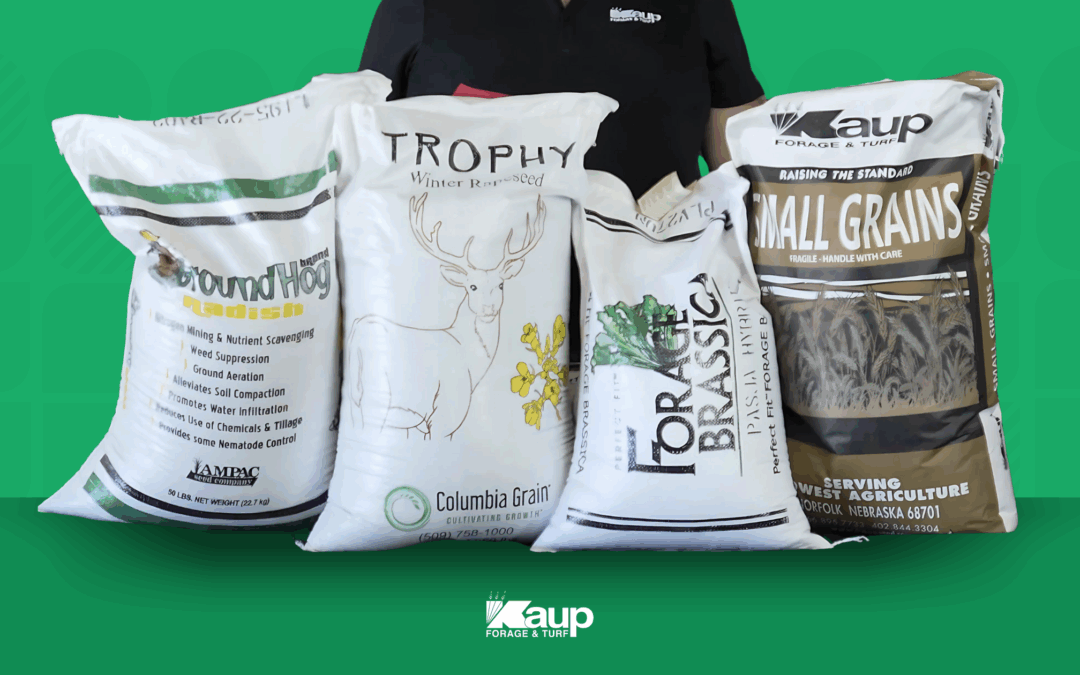How Cover Crops Can Boost Your Bottom Line
Cover crops do more than improve your soil. They can help reduce input costs, manage weeds, and set the stage for better yields season after season. Whether you farm row crops or manage pastures, cover crops can be one of the smartest investments you make in your land. Here’s a closer look at how they work, and how they can help your operation
Lower Fertilizer Costs
Cover crops, such as legumes, fix atmospheric nitrogen into the soil, thereby reducing the need for synthetic fertilizers. Others, such as radishes and rye, scavenge nutrients from deep within the soil profile and make them available for future crops. The result? Less dependence on purchased inputs.
Improved Soil Health
Healthy soils grow better crops. Cover crops boost organic matter, improve soil structure, and enhance water infiltration. Over time, this leads to improved root development, more resilient crops, and fields that can withstand both drought and heavy rainfall.
Better Weed Control
A dense, well-established cover crop can outcompete weeds, reducing the need for chemical herbicides. Fewer weeds mean less time and money spent on spraying, and a healthier environment for beneficial organisms.
Erosion Control
Bare soil is vulnerable to wind and water erosion. Cover crops provide living cover during the off-season, protecting valuable topsoil and keeping nutrients where they belong.
Higher Yields Over Time
By improving soil structure, fertility, and moisture retention, cover crops lay the groundwork for higher yields. Many growers report yield increases after a few seasons of consistent cover cropping.
Grazing & Feed Opportunities
Some cover crops can double as valuable forage for livestock. Blends that include brassicas, oats, and cereal rye provide nutritious grazing options that can help stretch feed supplies and reduce costs.
Long-Term Financial Gains
While there is an up-front cost to purchasing seed and establishing cover crops, the long-term return can be substantial: fewer inputs, better yields, healthier soil, and more resilient acres.
Final Thoughts:
Cover crops aren’t one-size-fits-all. The key is to choose the right mix for your land, climate, and goals. Your local Kaup dealer can help you tailor a cover crop plan that delivers results for your acres—and your bottom line.
Want to develop a more effective cover crop plan?
Call us today to find a Kaup dealer near you!

